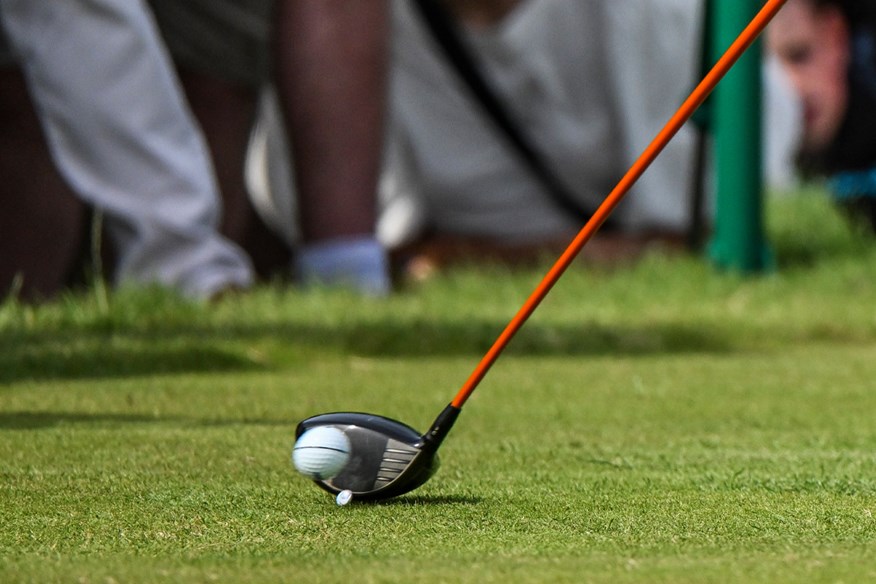I tested every 2024 golf driver and this was the longest of them all
Last updated:
Every golfer wants maximum distance, but which driver is the longest in 2024?
Distance isn’t everything when it comes to choosing the best golf driver, but let’s face it: it is the main thing most people will look for when buying one.
Sure, being able to keep your ball on the planet is nice, and forgiveness on off-center strikes can be a real benefit when you miss the middle, but most people buy a driver based primarily on distance.
And there’s nothing wrong with that. There’s endless data to show that longer drives equal lower scores and there are few better feelings than bombing a drive miles past your mates’. Plus, the numbers show a clear correlation between driving distance and handicap.

So, as part of our annual drivers test, while we also look at forgiveness and accuracy and spin rate and launch angle and so on, we desperately wanted to find out which drivers delivered the most distance.
We also recently uncovered which golf ball provides the most distance at three different swing speeds.
There’s a common perception that all manufacturers have reached the legal limits in terms of distance and that you won’t notice any difference from one model to the next, but our test proved that was certainly not the case. There was a 15-yard difference in carry distance between the longest and shortest drivers we tested, which is A LOT.
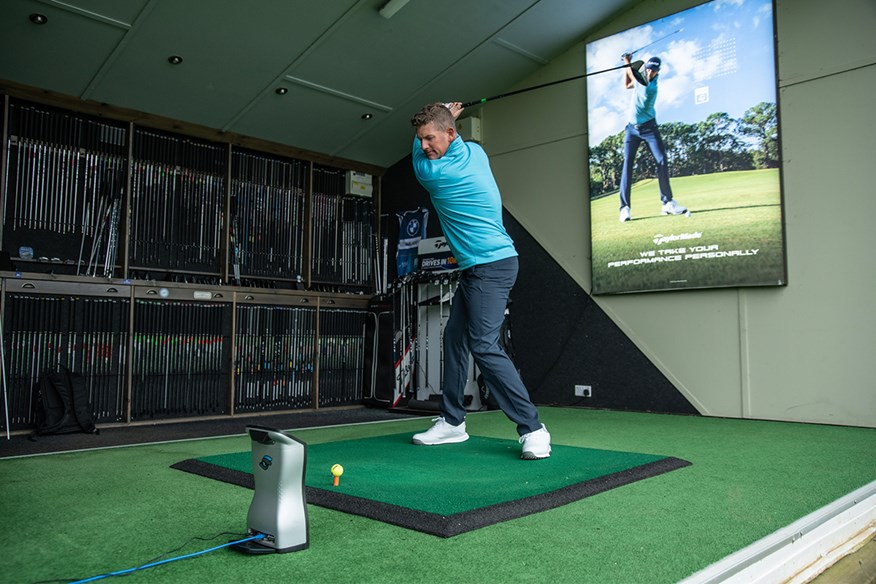
How we tested the golf drivers
To produce the most accurate and reliable test data available, we created a controlled environment with an indoor test lab at Keele Golf Centre. We used premium Titleist Pro V1x golf balls and collected data points from the ball and club for every shot hit using a Foresight GQ Quad launch monitor.
We chose Foresight as their launch monitors are recognized as industry-leading and they replicate the technology employed by top brands when testing their own clubs and balls. They’re also used by many of the best players in the world.
We believe it’s imperative to have a consistent and accurate striker when testing golf clubs and balls in order to ensure a fair test and create useful data.
Anything else just leads to comparing apples to pears, which can produce data that’s at best useless and at worst misleading.
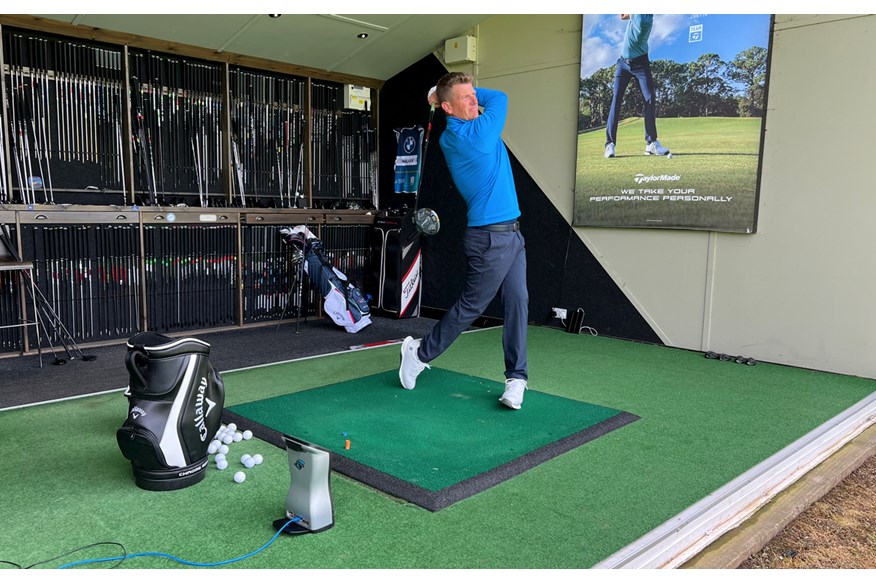
Our go-to club tester is PGA Professional and Custom Fit Technician Neil Wain. We choose Neil as he’s a very consistent striker of the golf ball, which means we don’t need to remove lots of mishit data (which is an inefficient use of energy and hitting time). It also allows us to create clean accurate comparison data which can be relied upon for proper analysis.
As an amateur, Neil played for England, before turning professional off a +4 handicap. He’s a fully qualified PGA Professional and is respected amongst his peers as a player, teacher, and custom fitter.
Neil’s driver delivery is quite neutral, which is perfect for creating data showing how different drivers compare. His clubhead speed sits just under 110mph, which means he’s well-placed to test all drivers, including those aimed at golfers with decent swing speed, without being so ridiculously quick that he’s not relatable to normal golfers.
The longest golf drivers
Titleist's ultra-low-spin model.
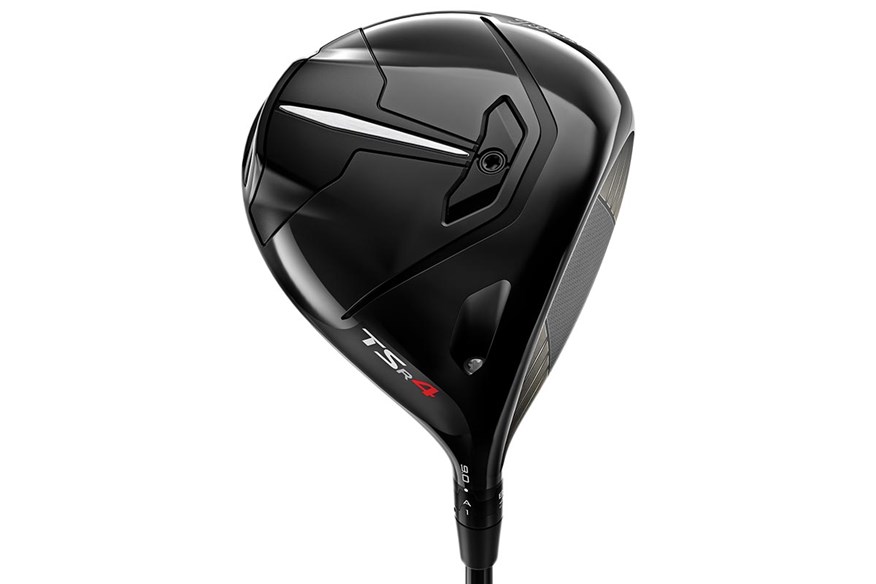

Pros
- Impressive carry distance
- Ability to adjust spin profile
- A fantastic looking and sounding club
Cons
- The compact head shape will intimidate less confident players
| Lofts | 8°, 9°, 10°, 11° |
| Stock shafts | HZRDUS Black 4G, Mitsubishi Tensei AV Blue With Xlink Tech, HZRDUS Red CB, Mitsubishi Tensei 1K Black |
| Adjustable hosel | Yes |
The Titleist TSR4 driver produced the longest carry distance in the test, registering an impressive 277 yards. But don’t rush off and buy one just yet.
Whilst we place a huge amount of value on data when it comes to testing and reviewing golf equipment, if there’s a downside to using numbers to evaluate clubs, the Titleist TSR4 is a prime example of it.
The Titleist TSR4 is designed to produce ultra-low spin. It succeeds in that mission, but does so with a design that features extreme front-weighting, which reduces forgiveness levels.
Although impressed by the ball speed and test-leading distance, Neil felt the TSR4 would be unplayable on the golf course and wouldn’t consider putting it in his bag.
Neil found the low spin made it a real struggle to achieve a decent peak height, with shots falling out of the sky at a very shallow descent angle, completely the opposite of the hanging, forgiving ball flight he likes.
If you’re a very high-speed and high-spin player who doesn’t place much emphasis on forgiveness, the Titleist TSR4 might be an absolute rocket in your hands. Just be aware that it’s not the friendliest driver available. “At the end of the day, we all need to play golf on the golf course,” says TG Equipment Editor Simon Daddow. “I just struggle to understand why anyone would want to make the game this hard.”
Callaway's smart-faced and low-spinning offering for 2024.
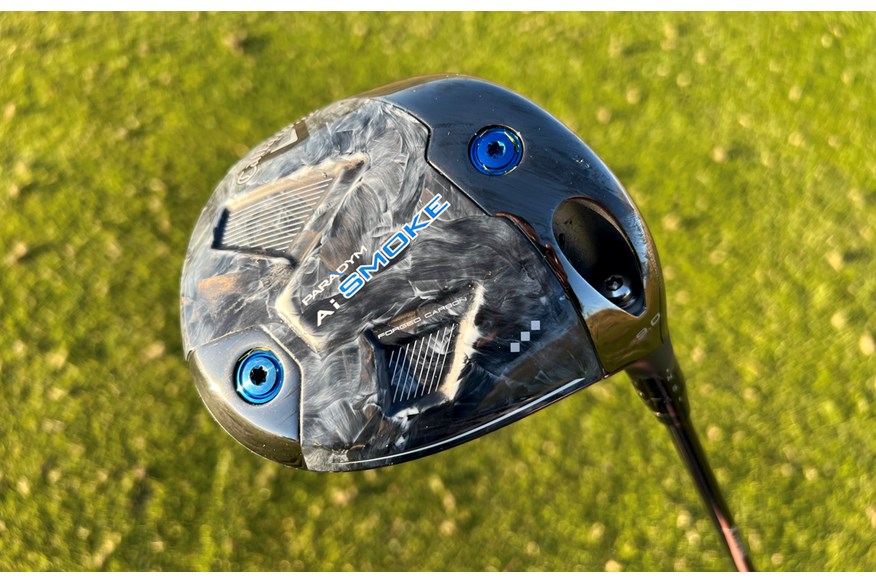

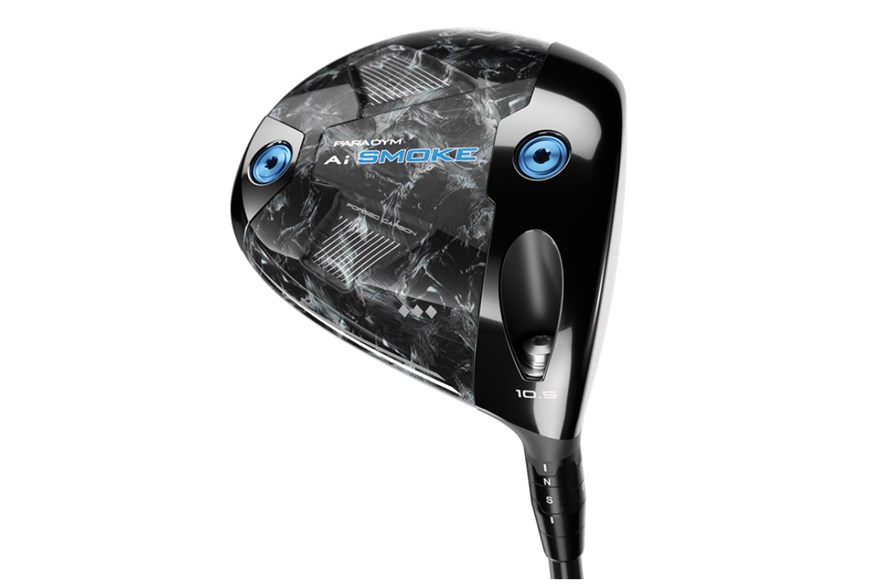
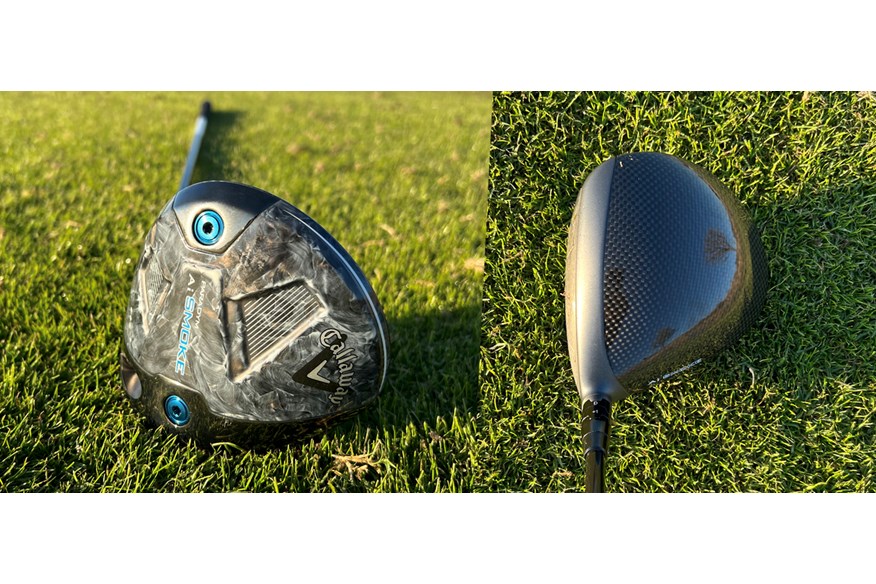
Pros
- The new Smart Face concept is a really clever idea to tailor drivers more to your game.
- With four models to choose between, there's a driver solution in the Ai-Smoke family for everyone.
- Expect a good-looking, fast, and lovely-sounding driver.
Cons
- Remember this is the least forgiving driver in the Ai-Smoke family.
| Lofts | 8° / 9° / 10.5° |
| Stock shafts | Project X Cypher 2.0 (High Launch), Mitsubishi Tensei AV Blue (Mid Launch), Project X Denali Black (Low Launch) |
| Stock grip | Golf Pride Tour Velvet 360 |
The Callaway Paradym Ai Smoke Triple Diamond was the second-longest driver in the test, with its carry distance of 276 yards coming in just one yard behind the Titleist TSR4.
The Triple Diamond delivered a little more spin than the TSR4, launched slightly higher, and produced a noticeably higher peak height, which meant Neil preferred it to the Titleist.
Whilst not designed to be the most forgiving model in the Ai Smoke driver family – you’ll want to look at the Ai Smoke Max for that – the Triple Diamond saw just a seven-yard drop-off in carry distance between its longest and shortest hits. That was the smallest drop-off of any driver in the test, including myriad “forgiving” models. The average drop-off among low-spin drivers was 14 yards, with the Titleist TSR4 seeing 19-yard drop-offs and the TaylorMade Qi10 LS having 22 yards between its longest and shortest hits.
The low-launch and low-spin driver of choice for Rory and Tiger.
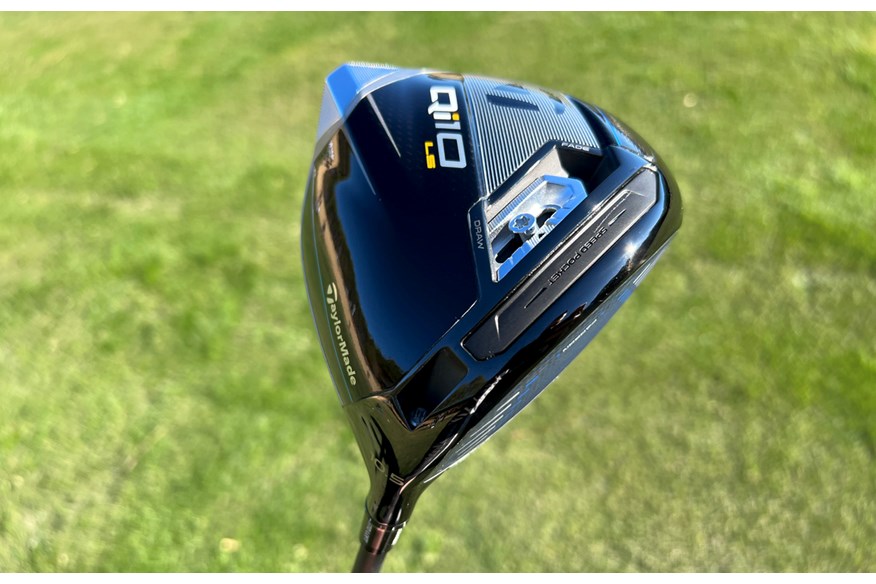

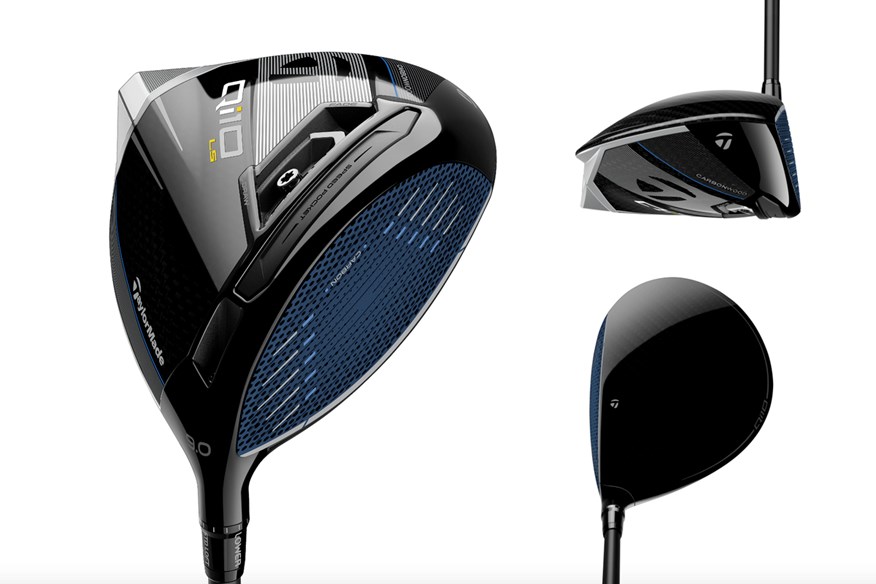
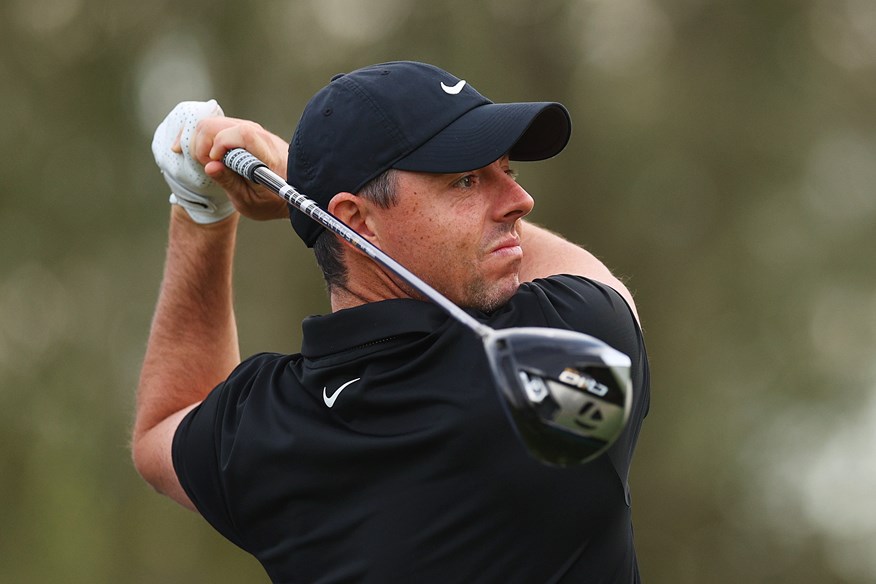
Pros
- I love how the Infinity Edge crown does away with the unforgiving look of the sliver of titanium at the front of the head.
- A great option for high-speed players looking to control spin.
- Long-term TaylorMade fans will love the head shape.
Cons
- A great driver, just be aware it's the least forgiving model in the Qi10 family.
| Lofts | 8° / 9° / 10.5° |
| Stock shafts | Mid Launch - Mitsubishi Tensei AV Limited Blue 65 (X/S/R) Low Launch – Mitsubishi Tensei AV Ltd Black 65 (X/S) |
| Stock grip | Golf Pride Z-Grip Plus 2 |
The TaylorMade Qi10 LS and Callaway Paradym Ai Smoke Max tied for third with a carry distance of 275 yards.
The Qi10 LS actually produced the fastest ball speed of any driver, clocking in at 163.6mph, but its above-average spin rate cost it a tiny bit of distance, placing it just behind the Titleist TSR4 (277 yards) and Callaway Paradym Ai Smoke Triple Diamond (276 yards).
One downside to the Qi10 LS was the significant drop-off between its longest and shortest drives. The 22-yard drop-off was the joint-biggest of any driver in the test, which is probably why some TaylorMade tour pros – including Scottie Scheffler and Collin Morikawa – have switched to more forgiving models. If the world’s best players are willing to surrender a yard or two on their longest drives for more forgiveness on their less-perfect ones, it’s food for thought for the rest of us.
Fantastic performance no matter where shots hit the face.
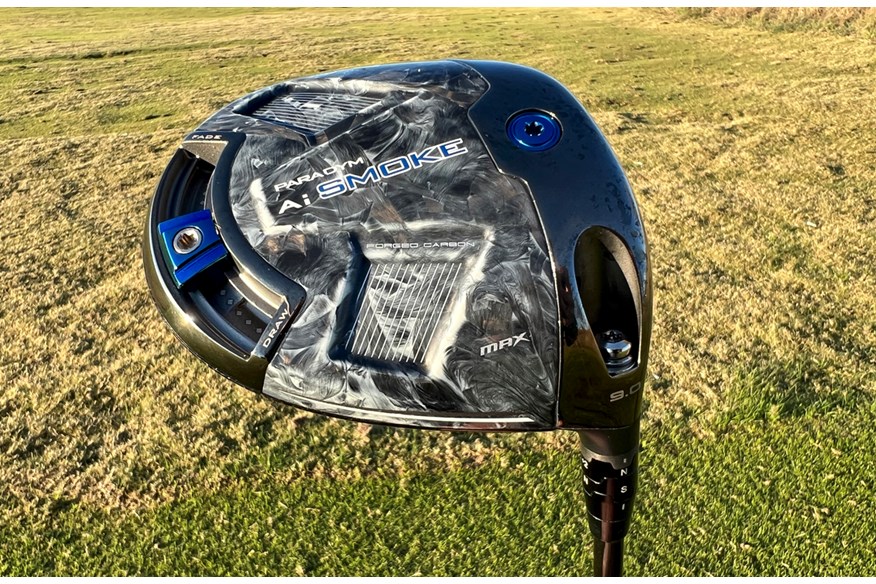

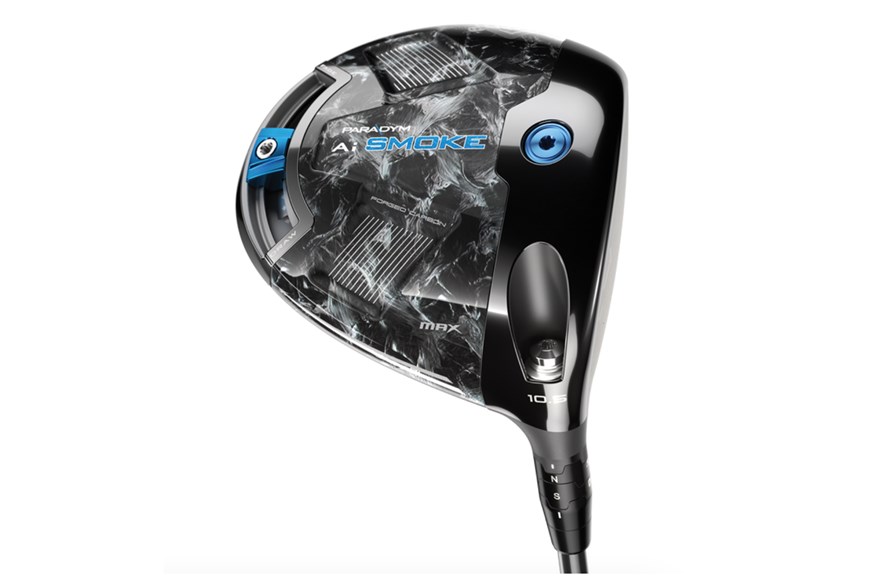
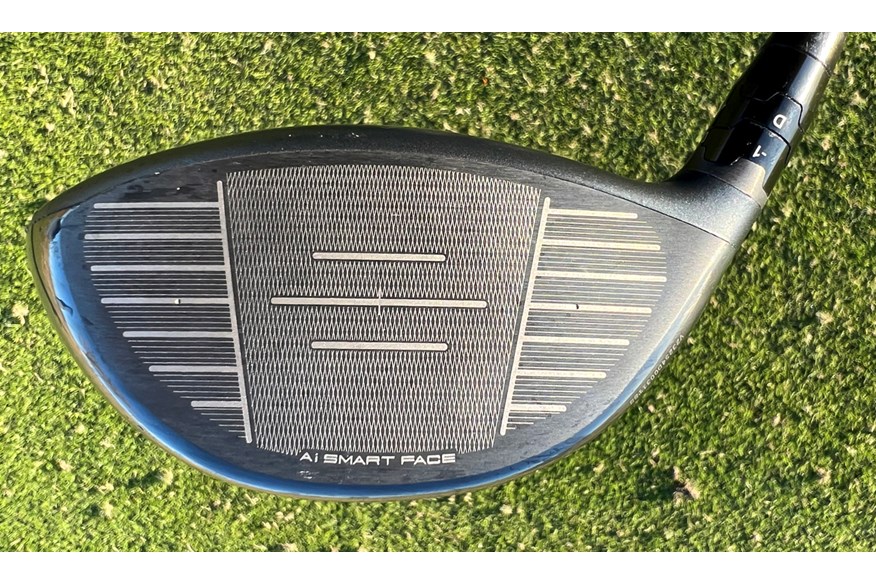
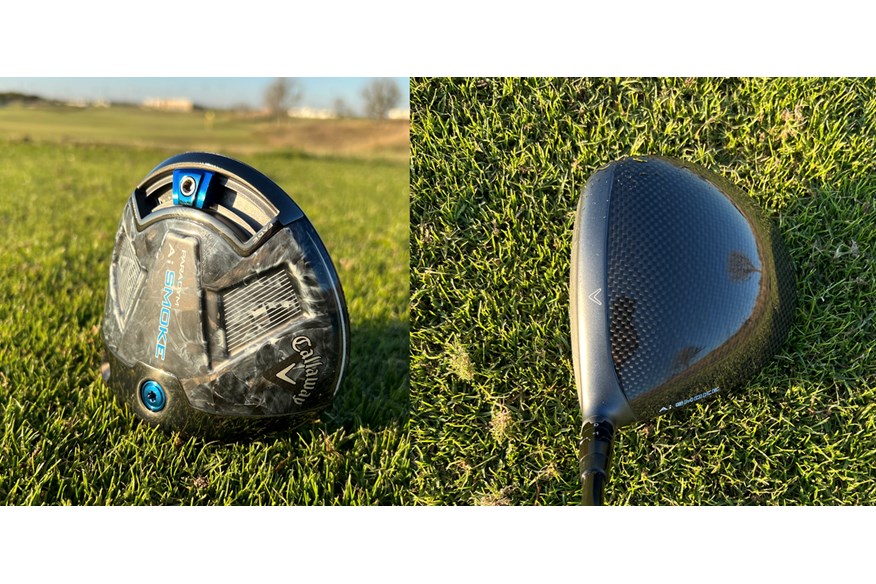
Pros
- The new Smart Face concept is a really clever idea to tailor a driver more to your game.
- With four models to choose between, there's a driver solution in the Ai-Smoke family for everyone.
- These are good-looking, fast, and lovely-sounding drivers.
Cons
- These are some of the most costly drivers on the market.
| Lofts | 9° / 10.5° / 12° |
| Stock shafts | Project X Cypher 2.0 (High Launch), Mitsubishi Tensei AV Blue (Mid Launch), Project X Denali Black (Low Launch) |
| Stock grip | Golf Pride Tour Velvet 360 |
The Callaway Paradym Ai Smoke Max produced a carry distance of 275 yards, which is even more impressive when you consider that it’s pitched as a forgiving driver model. Low-spin drivers tend to deliver the longest distances, as seen with the Titleist TSR4, Callaway Paradym Ai Smoke Triple Diamond, and TaylorMade Qi10 LS, but the Ai Smoke Max lived with those and was three yards longer than any other ‘forgiving’ driver.
The Ai Smoke Max also produced the third-tightest shot area of any driver on test, but bear in mind we don’t place too much emphasis on that because left-to-right dispersion figures are heavily influenced by the tester and can change from session to session.
The only problem with the Callaway Paradym Ai Smoke Max is how good its sibling the Triple Diamond is. The Triple Diamond generated slightly more distance while still being incredibly forgiving. But, if you lack the speed and/or spin to make the most of the Triple Diamond, the Max will be a superb alternative.
If you want the benefits of the Max and battle a slice, try the Ai Smoke Max D, which is the draw-biased version.
Longest drivers: the numbers
| Driver | Ball Speed | Launch Angle | Backspin | Height | Descent Angle | Carry Distance | Shot Area |
| Titleist TSR4 (10° – Tensei Blue) | 162.4 MPH | 10.8° | 1921 RPM | 28 YDS | 32.8° | 277 YDS (1) | 589 SQ YDS |
| Callaway Paradym Ai Smoke TD (Denali S – Back Weight) | 161.9 MPH | 11.2° | 2099 RPM | 31 YDS | 36.2° | 276 YDS (2) | 424.5 SQ YDS |
| TaylorMade Qi10 LS (Tensei Blue S) | 163.6 MPH | 10.7° | 2338 RPM | 32 YDS | 37.8° | 275 YDS (T3) | 1148.4 SQ YDS |
| Callaway Paradym Ai Smoke Max (Ventus Blue S) | 161 MPH | 11.9º | 2246 RPM | 34 YDS | 38.6° | 275 YDS (T3) | 406.8 SQYDS |
| Cobra Darkspeed LS (Lin-Q Blue) | 159.9 MPH | 11.8° | 2007 RPM | 31 YDS | 35.7° | 273 YDS | 1089 SQ YDS |
| Cleveland Launcher XL 2 | 162.6 MPH | 9.3º | 2033 RPM | 25 YDS | 31.4º | 272 YDS | 384 SQ YDS |
| PXG 0311 GEN6 (Aldila NV Green) | 161.1 MPH | 10.5° | 2240 RPM | 30 YDS | 36.9° | 271 YDS | 147.6 SQ YDS |
| Ping G430 Max 10K (9º) | 163.1 MPH | 9º | 1993 RPM | 23 YDS | 30.1º | 270 YDS | 542.4 SQ YDS |
But… should you buy one of these drivers?
As mentioned in the intro, distance will always be a key factor when choosing a driver, but remember that you’ll be using this club on the golf course, not just on a launch monitor.
The longest drivers on the market are typically the best low-spin models, which don’t tend to be as forgiving as other types of drivers.
Our test saw extremely competitive carry distances coming from drivers that featured in our pick of the most forgiving drivers too. It goes to show that the latest technology is helping manufacturers offer highly appealing combinations of distance and forgiveness. For most club golfers, it’s worth asking if this added forgiveness outweighs the odd yard or two of additional distance you might get from a low-spin model on perfectly struck drives.
READ MORE: 10 golf equipment expert testers reveal the driver they use in their own game – and why
